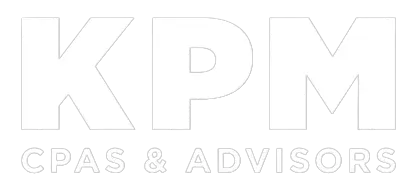The IRS recently released guidance providing the 2024 inflation-adjusted amounts for HSAs.
HSA Fundamentals
An HSA is a trust created or organized exclusively for the purpose of paying the ‘qualified medical expenses’ of an ‘account beneficiary.’ An HSA can only be established for the benefit of an ‘eligible individual’ who is covered under a ‘high-deductible health plan.’ In addition, a participant can’t be enrolled in Medicare or have other health coverage (exceptions include dental, vision, long-term care, accident, and specific disease insurance).
Within specified dollar limits, an above-the-line tax deduction is allowed for an individual’s contributions to an HSA. This annual contribution limitation and the annual deductible and out-of-pocket expenses under the tax code are adjusted annually for inflation.
Inflation Adjustments For Next Year
In Revenue Procedure 2023-23, the IRS released the 2024 inflation-adjusted figures for contributions to HSAs, which are as follows:
Annual contribution limitation. For calendar year 2024, the annual contribution limitation for an individual with self-only coverage under an HDHP will be $4,150. For an individual with family coverage, the amount will be $8,300. This is up from $3,850 and $7,750, respectively, in 2023.
There is an additional $1,000 ‘catch-up’ contribution amount for those age 55 and older in 2024 (and 2023).
High-deductible health plan defined. For calendar year 2024, an HDHP will be a health plan with an annual deductible that isn’t less than $1,600 for self-only coverage or $3,200 for family coverage (up from $1,500 and $3,000, respectively, in 2023). In addition, annual out-of-pocket expenses (deductibles, co-payments, and other amounts, but not premiums) won’t be able to exceed $8,050 for self-only coverage or $16,100 for family coverage (up from $7,500 and $15,000, respectively, in 2023).
Advantages Of HSAs
There are a variety of benefits to HSAs. Contributions to the accounts are made on a pre-tax basis. The money can accumulate tax-free year after year and can be withdrawn tax-free to pay for a variety of medical expenses such as doctor visits, prescriptions, chiropractic care, and premiums for long-term care insurance. In addition, an HSA is ‘portable.’ It stays with an account holder if they change employers or leave the workforce. Contact your employee benefits and tax advisors if you have questions about HSAs at your business.

